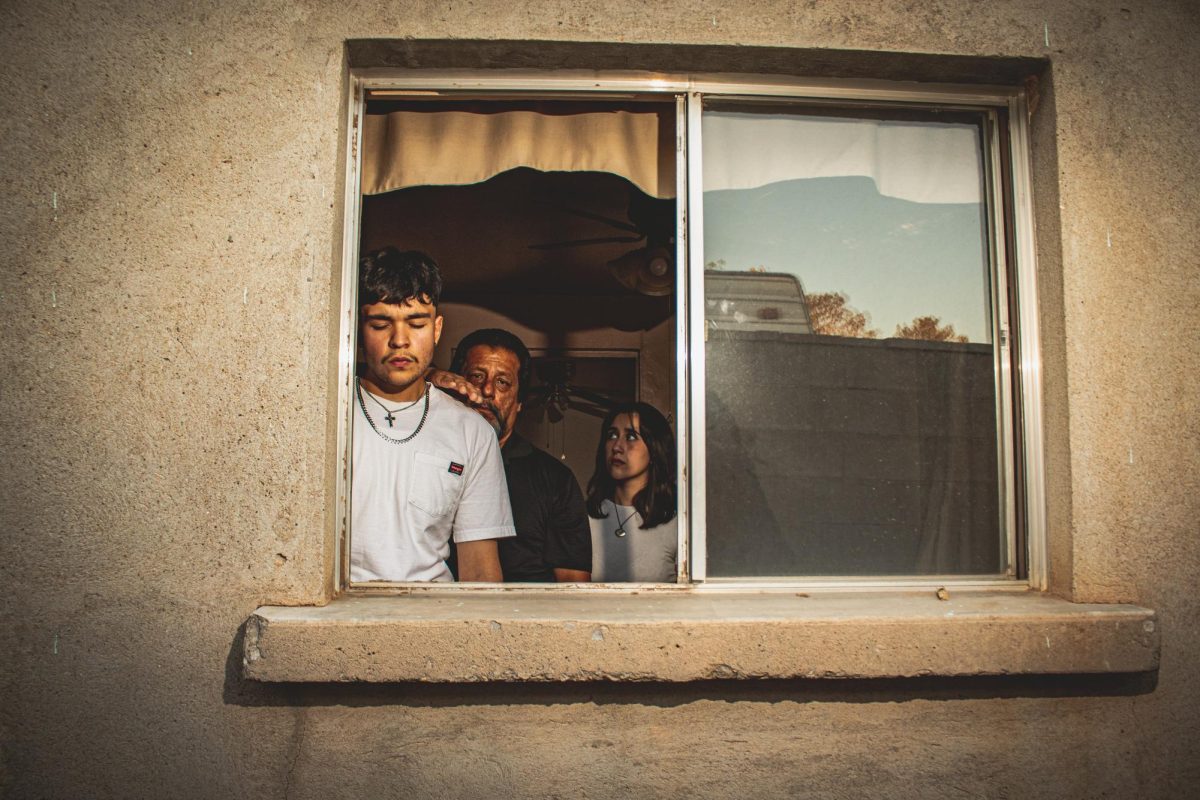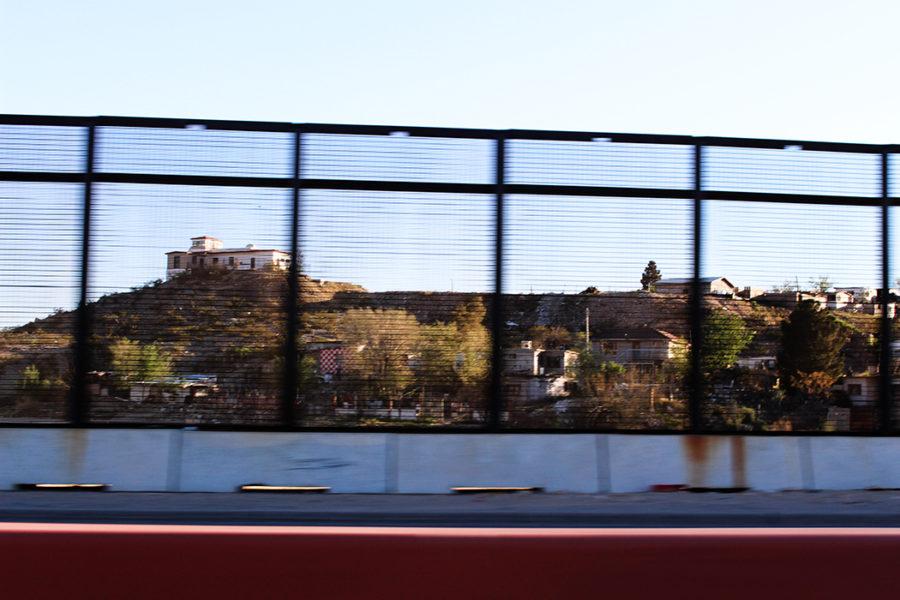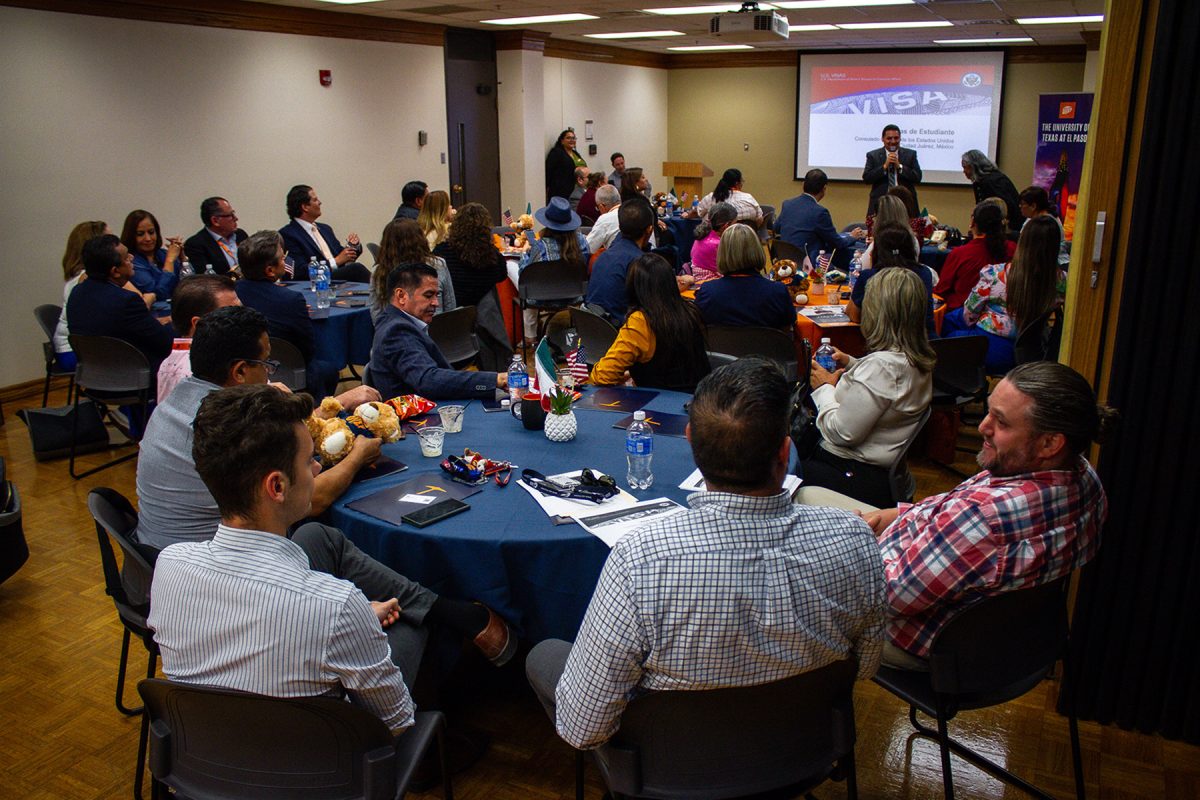Trump’s Wall and Its Effects on Wildlife
The wall. No matter where in the country you live, you know what it is. Aimed to be “an impenetrable, physical, tall, powerful, beautiful southern border wall,” according to President Trump in his 2016 campaign, its idealistic existence promotes Trump’s movement for the advancement of border security and what he felt was paramount in keeping immigrants out of the country. This subject aggressively divided the country in two—those who sided with the President and the counter. What we failed to see was the third side—the lives of plants and animals coexisting within southern border cities.
“Ecosystems are dependent on wildlife on both sides. The biological integrity is in danger,” said Rick Lobello, educational curator of the El Paso Zoo and member of the Sierra Club Rio Grande chapter.
The border between the United States and México spans about 2,000 miles, stretching from the southernmost tip of the Gulf of México by the Rio Grande Valley in Texas to the Pacific Ocean along the California border. Shared by two countries, the Chihuahuan Desert spans hundreds of miles from Colorado, Arizona and Texas in the U.S. and spills into six states in México, including Chihuahua and Durango.
There are many species that live in the ecoregion. “El Lobo,” or the Mexican Grey Wolf, roams through the Big Bend area. The long Mojave rattlesnake slithers through the hot sands of Arizona. The Sprague’s pipit bird flies over the other 800 species of reptilians, amphibians, birds and mammals in one of the most diverse ecosystems in the world, including more than 3,500 plant species like the sword-shaped leaved yucca and ocotillo plant. The parts of the wall that are already in place have already had some large effects on some of these species.
Another threat has been the long history of barriers that have divided this vast ecoregion for many decades.

“There’s always been this idea that you have to have a physical barrier,” said UTEP Political Science Professor Irasema Coronado.
According to a report by the Congressional Research Service, the United States Border Patrol has been erecting physical barriers to deter illegal entries and drug smuggling through San Diego’s border entry since the 1990s. A separate report by the Center for Biological Research says the new construction of the wall is likely to further imperil 93 species like the jaguar, Mexican grey wolf, and the golden eagle.
Moreover, the focus on illegal immigration reforms refer only to people immigration such as the Immigrant Responsibility Act and operations “Hold the Line” and “Gatekeeper” within the same decade. In both of those operations, the solution is the construction of fence barriers to keep people out yet this damages species and the migration and the symbiotic relationship of both the fauna and flora on both sides of the border.
Under the George Bush administration, the Department of Homeland Security built a series of fences and installed sensors and cameras under the Secure Fence Act of 2006. Hundreds of miles of barriers along the southern border lasted five years, completing 649 of the 652 miles of reinforced fence, at a total cost of $2.3 billion.
The introduction of these border security measures were not the end of it. A few years later, the border was the talk of the nation once again. Donald Trump’s 2016 campaign called for building a wall to keep illegal immigrants out of the country.
Trump’s proposed wall does not include provisions for wildlife and plant life. There is also potential damage on ecosystems as the federal government focuses on the administration’s “serious and ongoing commitment to fully secure our border, take the fight to criminal gangs like MS-13, and make our immigration system work for Americans,” according to the 2019 White House budget report.
The report also said it provides “funding for a wall on our Southwest border and additional resources for law enforcement at the Departments of Homeland Security and Justice” as well as the funds to “increase in the number of Immigration and Customs Enforcement officers, Border Patrol agents, and immigration judges to improve enforcement at the border and within the United States.”
Under the Barack Obama Administration, the Commission for Environmental Cooperation (CEC) chose Coronado as executive director in 2010. The goal for CEC was to promote environmental cooperation throughout North America to identify the best practices in environmental policies.
“There is a lot of support for collaboration and cooperation because there’s an understanding that we’re all in this together,” she said.
Over time, much of the Chihuahuan Desert region has been lost to degradation. Urbanization, cultural expansion and resource extraction have threatened the ecosystem. In fact, the U.S. Fish & Wildlife Service places this region as one of the most endangered areas in the world.
The Rio Bosque Wetlands in the lower valley exists within the Chihuahuan Desert as a 367-acre park and has experienced many changes in past decades.
John Sproul is the coordinator and manager of the park and is also part of the Center for Environmental Resource Management at UTEP. Sproul said the park’s gradual changes have created a mosaic of different habitats. It has brought in a vast amount of different species of plants and animals alike to the region. But its flow of water, supplied by the Elephant Butte Reservoir, has faced water flow restrictions and resulted in degradation of the wetland that eventually became repurposed or cleared away.
“It was a really important part to the natural heritage of the region and from a broad point of view, that’s what’s been lost. The real diverse mix of different habitats and different plants and animals associated with them,” Sproul says.

The Rio Bosque runs parallel to the Rio Grande River and the border wall. The 18-foot high barrier was constructed in 2007 and runs more than a mile beside the park.
Sproul is surprised to have witnessed the return of a beaver that had not been present in the park in almost 10 years. He said the disappearance of the beavers is an example of how many of the larger species cannot squeeze through the two inches of space that exists between the beams of the barriers.
“The big impact from the perspective of Rio Bosque was the way that the wall severed what had been an open connection between the park and the river corridor where terrestrial wildlife could move back and forth between the two areas,” he said.
The REAL ID Act, passed in 2005, gave provisions to “waive all legal requirements determined necessary,” ensuring the construction of roads and the wall.
This waiver of legal requirements also gives authority to bypass 28 laws passed before – National Environmental Policy Act, National Historical Preservation Act, Endangered Species Act and the Migratory Bird Treaty Act, according to a Center for Biological Research release.
Lobello is worried over the continuous harm on the species in this region. He says people need to become more connected with the natural environment that exists around them to understand and value it so that they can take more action to save it. His membership in the Sierra Club and his job as an educational curator for the Zoo allows him to actively promote sustainability and awareness of our region’s species.
“If we destroy it, it’s gone forever, and it becomes unsafe for the people who depend on these natural ecosystems just like plants and animals do,” Lobello said.
As activists raise awareness, the construction of the wall has met more opposition. In June of last year, the Sierra Club of El Paso and other organizers like American Civil Liberties Union of New Mexico and defenders of Wildlife gathered with 400 people near the Santa Teresa port of entry in New Mexico in a protest named “All Against the Wall.” The event gathered people to bring awareness of the impacts the wall has had on migrants, the communities on the border and the wildlife that exists there.

In addition to protests, lawsuits have also been filed to challenge the wall. The Center for Biological Diversity filed a lawsuit mid-February against the Trump Administration over the president’s emergency declaration made to pay for the border wall the day before.
“Many species of animals, including endangered species, are put at risk by this project, and all alternatives that protect wildlife and the environment must be considered by law,” said Animal Legal Defense Fund Executive Director Stephen Wells in a statement.
Ideas for alternatives to a wall have come to light, as well. Purdue University published an article promoting an idea to construct an “environment corridor”–an infrastructure project with a nationally composed group of 28 scientists and engineers.
Instead of a wall, there would be solar energy panels, wind turbines and natural gas pipelines. Providing close surveillance over these energy parks, border security would be an important aspect of its management.
“It would allow areas for wildlife to continue to migrate while alerting officials to anyone crossing the border illegally,” said Arizona State University professor Carlos Castillo-Chavez.
Despite this lawsuit and alternatives to a physical barrier, Trump’s demands have persisted through a declaration of national emergency at the border. This movement to access more than $8 billion in funding prompted a 35-day government shutdown. Congress has since passed a spending bill of $1.3 billion to include some border wall funding, but has left Trump unsatisfied, according to his own remarks when announcing the spending bill approval.
As for El Paso, Sproul says it is a cautionary tale for the rest of the cities along the border and he hopes for more awareness of the issues that have affected the border.
“We need to keep making people aware of what the issue is, why it is important, by supporting the organizations and political entities that are resisting the construction of additional border wall,” he said.
Coronado said that it’s up to the younger generations to speak out in opposition to the wall and stand up for the environment and wildlife along the border.
“That is just egregious what we have done, but it’s your generation that needs to fix this,” she said.
By Jacqueline Aguirre





































